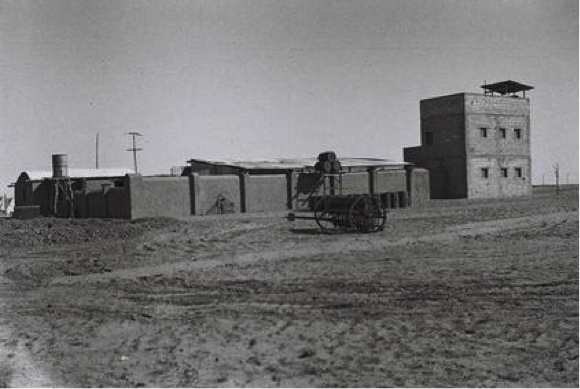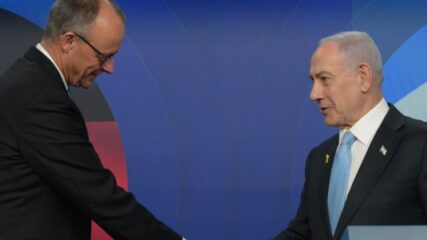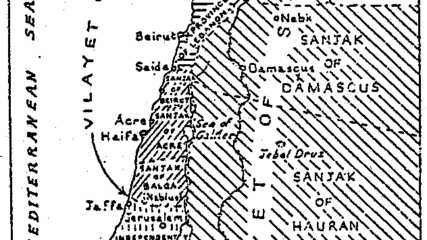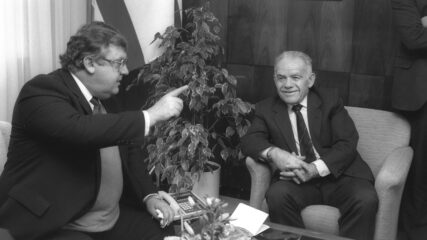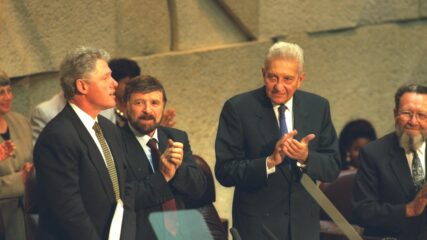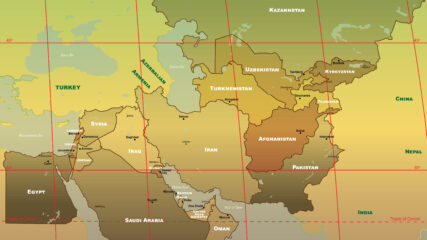May 12, 1943
Mitzpe Gevulot is established, marking the start of Jewish efforts to settle the Negev and thus create facts on the ground in preparation for possible partition of Mandatory Palestine. It soon is followed by two more agricultural settlements, Beit Eshel and Revivim.
Mitzpe Gevulot begins with 10 people living in tents. The early residents conduct experiments in grain cultivation and develop systems for irrigation and water conservation.
Although many early Zionist leaders saw the Negev, with its sparse population and inexpensive land, as an area for Jewish settlement, most plans for the region were abandoned while priority was given to creating contiguous settlement blocs in the coastal plain and the valleys in the north of the country.
In May 1921, two World Zionist Organization leaders, Arthur Ruppin, the head of the Palestine office, and Akiva Yaakov Ettinger, the director of the agricultural settlement department, submitted a memo on the difficulty of Negev settlement. In their opinion, the organization lacked the experience for large-scale settlement in the desert region.
In the mid-1930s, settling the Negev became a priority again. Anticipating the partition of Palestine, Zionist leaders did not want to lose the Negev as part of the future Jewish state. They were particularly eager to maintain access to the Gulf of Aqaba at the country’s Southern tip. Beginning in 1939, the Jewish National Fund increased the purchase of land in the Negev, and the settlement department of the Zionist Organization investigated the region’s agricultural potential.
After the first three agricultural outposts in 1943, Jewish settlement of the Negev continues, and on Oct. 6, 1946, 11 settlements are founded in a single night. By the time the U.N. General Assembly approves its partition plan Nov. 29, 1947, the Negev has 25 Jewish settlements, most of which are included in the proposed map for the Jewish state.

